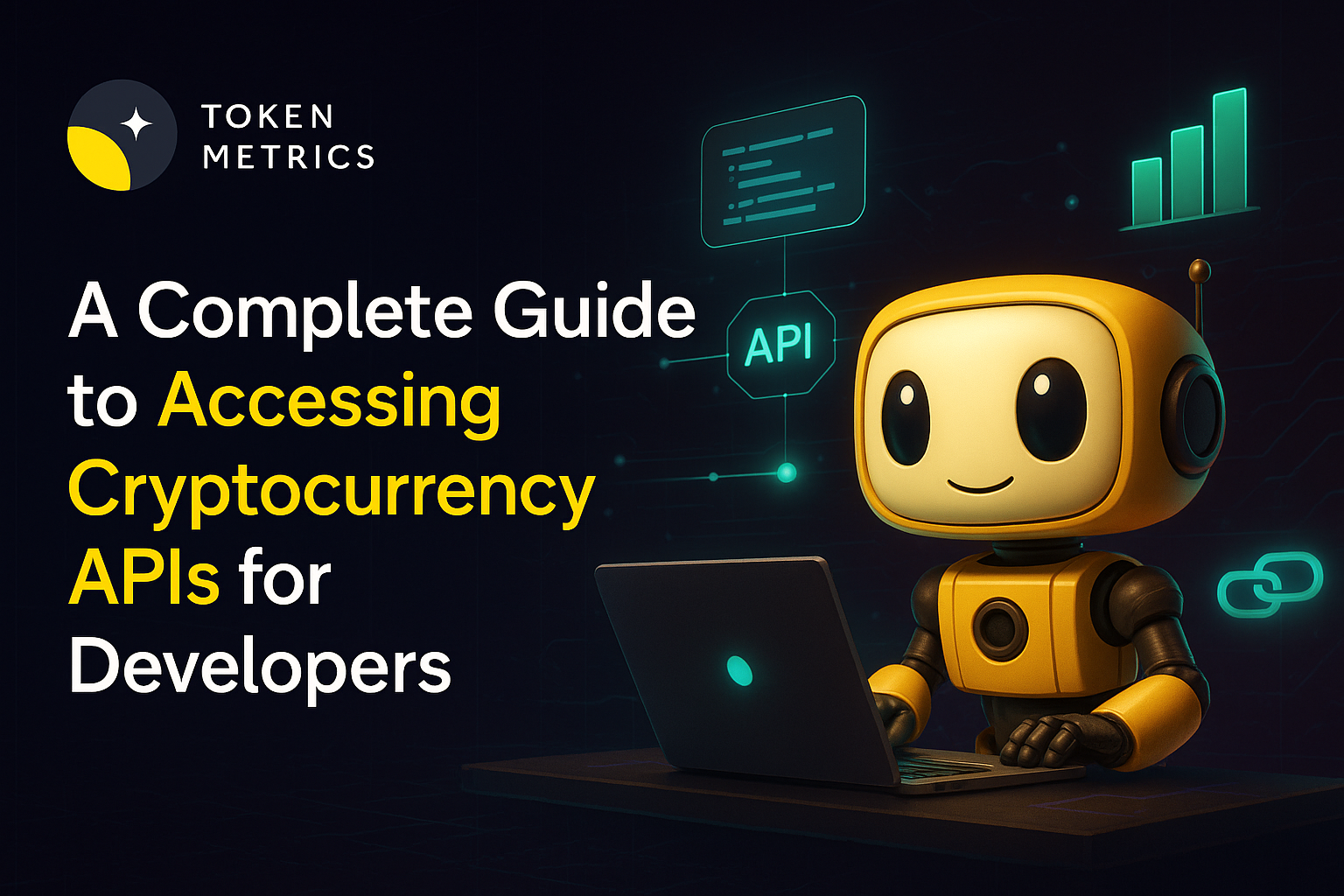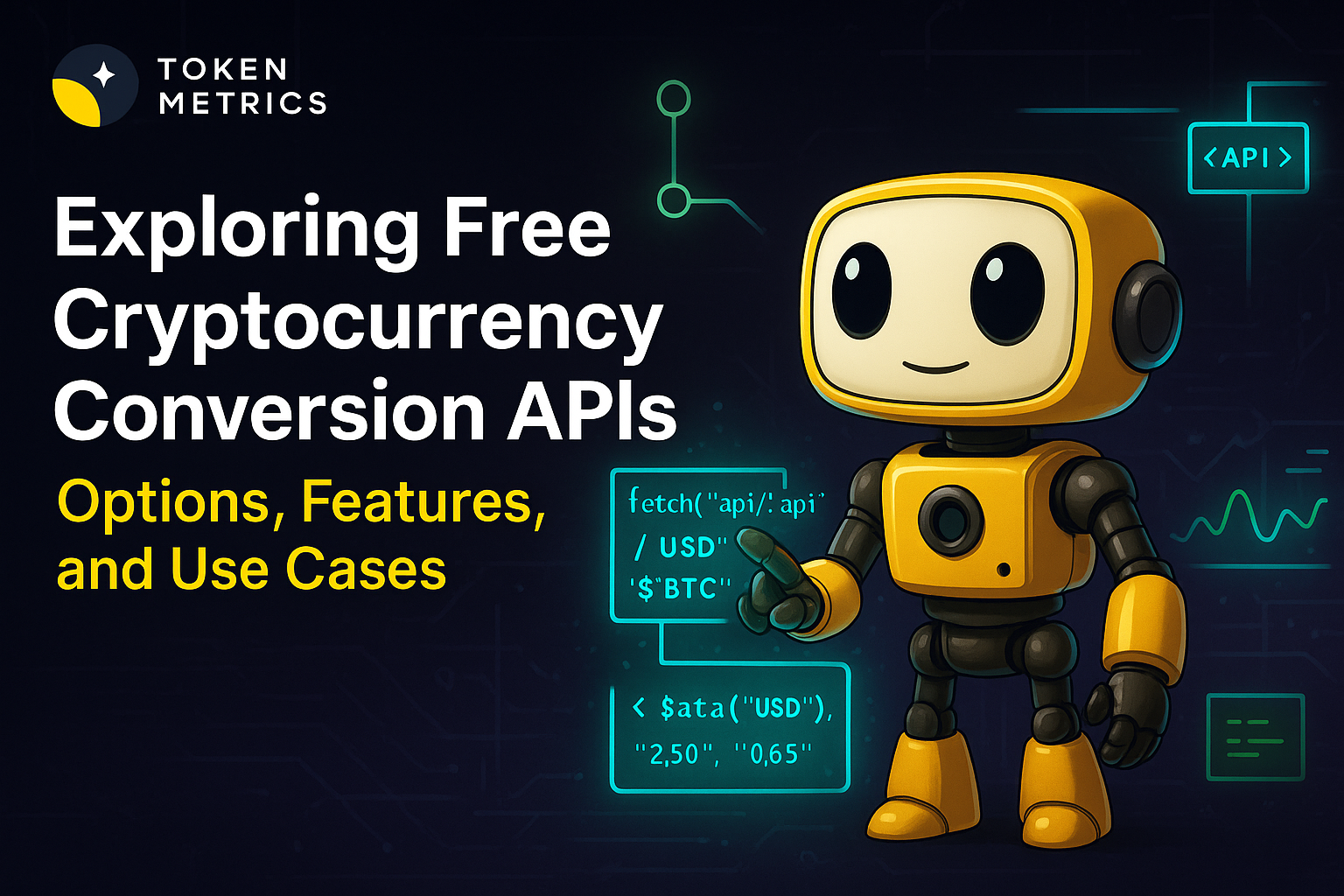Cardano vs Ethereum - Key Differences and Similarities

As the world of cryptocurrency evolves, certain projects rise to prominence due to their unique offerings and innovative solutions. Two such juggernauts in the decentralized space are Ethereum and Cardano.
Both platforms have garnered immense attention, yet their paths, while aligned in ambition, vary in execution. In this comprehensive post, we'll delve deep into the heart of both ecosystems, elucidating their key differences and striking similarities.
Ethereum and Cardano Overview
Ethereum and Cardano are both decentralized platforms that allow developers to create and run smart contracts.
However, their technical underpinnings, governance structures, and future plans diverge in intriguing ways. Knowing these nuances is vital for crypto enthusiasts, investors, and developers.
Cardano vs Ethereum: Key Differences
While both Cardano and Ethereum lay their foundations on blockchain technology and encrypted transactions, the two platforms diverge notably in their technical and functional aspects.
Let's delve into the technical and operational differences that set Cardano and Ethereum apart.
Historical Background
Ethereum: Launched in 2015 by a team led by Vitalik Buterin, Ethereum's aim was to build upon the idea of Bitcoin but expand its capabilities significantly.
It introduced the world to the concept of smart contracts, self-executing contracts with the terms of the agreement between buyer and seller written into code.
Cardano: Spearheaded by Charles Hoskinson, one of Ethereum's co-founders, Cardano began in 2017. Unlike Ethereum, Cardano took a more academic and research-driven approach, emphasizing peer reviews and formal methods in its development process.
Ethereum and Cardano: Consensus Mechanism
Ethereum: Ethereum started with a Proof-of-Work (PoW) consensus mechanism, the same one that Bitcoin employs. However, there's an ongoing shift towards Ethereum 2.0, which will operate on a Proof-of-Stake (PoS) mechanism. This transition is aimed at improving scalability and energy efficiency.
Cardano: Cardano uses a unique PoS mechanism known as Ouroboros. It was one of the first PoS protocols that was mathematically proven to be secure. Its energy efficiency and scalable design make it a formidable alternative to PoW systems.
Development Approach
Ethereum: Ethereum's development can be characterized as rapid and agile, with changes often being implemented in response to arising needs and challenges.
Cardano: Adopting what's called a "first principles" approach, Cardano's development is rigorous, systematic, and rooted in academic research. Every update undergoes extensive peer review, ensuring robustness and long-term stability.
ETH vs ADA: Token Utility
Ethereum: Ether (ETH) is Ethereum's native token. It's used to compensate participants who perform computations and validate transactions, and as "gas" to power smart contracts.
Cardano: ADA is Cardano's native currency. Like ETH, ADA is used to facilitate transactions on its network and as a stake in the PoS consensus mechanism.
Smart Contract Capabilities
Ethereum: Ethereum uses a language called Solidity for its smart contracts. It's Turing complete, which means it can technically compute anything if given enough resources.
Cardano: Cardano's Plutus platform allows for smart contracts to be written using Haskell-based scripting. Cardano’s approach is designed for higher assurance and formal verification, which can lead to more secure and reliable smart contracts.
Governance
Ethereum: Ethereum's governance has largely been informal. Proposals for changes (EIPs) are discussed among the community, with decisions often being made by consensus among core developers.
Cardano: Cardano has a structured governance system called Project Catalyst. It's a community-driven approach where ADA holders can propose changes and vote on them, ensuring more democratic and decentralized decision-making.
Cardano vs Ethereum: Key Similarities
Both Ethereum and Cardano stand as titans in the world of decentralized platforms, underpinned by their native transactional coins, ETH for Ethereum and ADA for Cardano.
These coins not only represent value within their networks but also play instrumental roles in network operations. At their foundation, both are "Layer 1" blockchain technologies, offering fertile grounds for developers to cultivate decentralized applications (dApps) and bring to life self-executing smart contracts.
Furthermore, they share a common consensus mechanism: proof-of-stake (Ethereum is moving from PoW to PoS). Within the PoS framework, participants, often referred to as "stakers", pledge a portion of their crypto holdings as collateral to help validate and verify transactions.
This method stands in stark contrast to the energy-intensive proof-of-work model exemplified by Bitcoin, as staking offers a more sustainable and environmentally conscious approach.
This consensus mechanism not only emphasizes security and decentralization but also represents both projects' commitment to eco-friendly blockchain solutions.
Cardano and Ethereum: Future Outlook
Ethereum: With Ethereum 2.0 on the horizon, the platform seeks to address scalability, security, and sustainability issues. The introduction of shard chains and the Beacon Chain promises a faster, more efficient Ethereum.
Cardano: Having recently launched its smart contract capabilities, Cardano is focused on widening its user base, fostering dApp development, and expanding its ecosystem through partnerships and integrations.
Frequently Asked Questions
Q1. What is the primary programming language for smart contracts on Ethereum and Cardano?
Ethereum primarily uses Solidity for its smart contracts, while Cardano utilizes Plutus, a platform based on the Haskell programming language.
Q2. How do the transaction fees compare between Ethereum and Cardano?
Ethereum transaction fees, known as "gas," can be volatile and are determined by network congestion. Cardano's transaction fees are typically more predictable and are calculated based on the transaction size and necessary computation.
Q3. Are there any major partnerships or collaborations associated with Ethereum and Cardano?
Both platforms have engaged in numerous partnerships. Ethereum's decentralized finance (DeFi) ecosystem is vast, with many collaborations. Cardano, on the other hand, has established partnerships with governments and educational institutions, especially in developing nations.
Q4. How do the staking rewards compare between the two platforms?
Staking rewards vary based on multiple factors, including the amount staked, the total staking pool, and platform-specific inflation rates. Both Ethereum and Cardano offer staking, but the rewards and requirements might differ at any given time.
Q5. Which platform is more scalable in handling a large number of transactions per second?
Cardano, with its Ouroboros PoS protocol, has emphasized scalability from the outset. Ethereum, while originally facing scalability challenges, is working towards enhanced scalability with its transition to Ethereum 2.0.
Q6. Can Ethereum dApps be ported to the Cardano platform easily?
Porting between different platforms usually requires adaptations due to differences in smart contract languages and other technical aspects. However, Cardano is working on solutions and tools to make this transition smoother for developers.
Q7. Are Ethereum and Cardano compliant with regulatory frameworks?
Both Ethereum and Cardano strive to maintain compliance with global regulations, but the decentralized nature of these platforms means that applications built on top of them might vary in compliance. It's essential to research individual projects or tokens for regulatory adherence.
Q8. How do Ethereum and Cardano handle interoperability with other blockchains?
Interoperability is a growing focus in the blockchain world. Cardano has emphasized cross-chain compatibility through its research and partnerships. Ethereum, while primarily operating within its ecosystem, has seen bridging solutions emerge to link it with other chains.
Conclusion
While Ethereum and Cardano both aim to revolutionize the decentralized space with their smart contract capabilities, their approaches differ significantly.
Ethereum's agile development and first-mover advantage have earned it a vast community and ecosystem. In contrast, Cardano's meticulous, research-driven approach might appeal to those who value rigorous scrutiny and methodical progress.
Actionable Insights
For Investors: Diversifying between both tokens might be a wise strategy, leveraging Ethereum's established dominance and Cardano's promising potential.
For Developers: Assess the nature of your project. If you require rapid deployment with a vast array of existing tools, Ethereum might be preferable. For projects that prioritize high assurance and security, Cardano's ecosystem could be more fitting.
Remember, the crypto space is dynamic, and today's realities might shift tomorrow. Stay updated, stay informed, and always make decisions grounded in research and foresight.
Disclaimer
The information provided on this website does not constitute investment advice, financial advice, trading advice, or any other sort of advice and you should not treat any of the website's content as such.
Token Metrics does not recommend that any cryptocurrency should be bought, sold, or held by you. Do conduct your own due diligence and consult your financial advisor before making any investment decisions.
Create Your Free Token Metrics Account

.png)




%201.svg)
%201.svg)


%201.svg)










.svg)




.png)